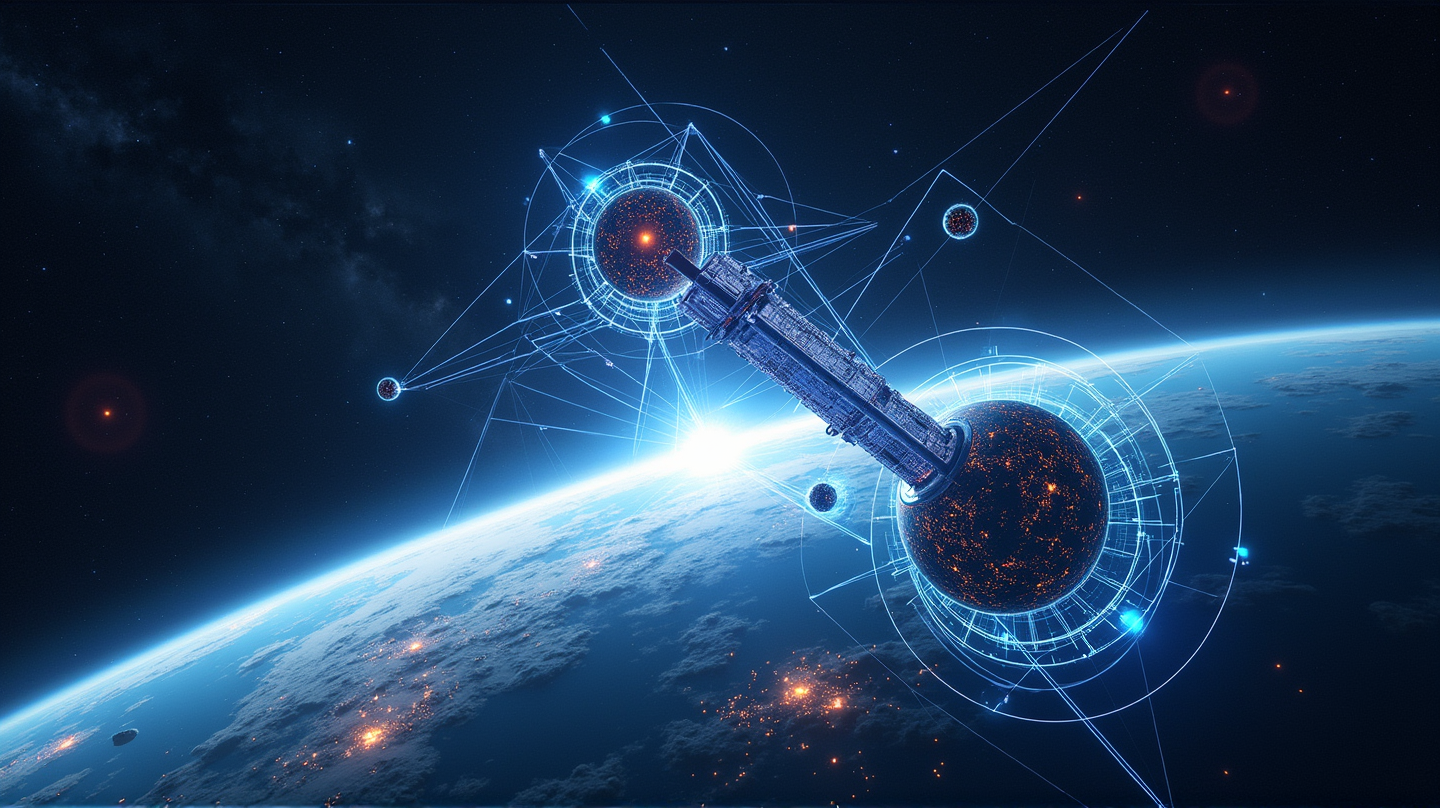Emerging Horizons in Space Sensing: Beyond the Stars!

Space sensing has entered a new era, driven by groundbreaking innovations like quantum sensors, AI analytics, microsatellites, and IoT networks. These advancements are reshaping Earth observation and offering fresh solutions to challenges such as climate monitoring and national security. Join us as we explore how these technologies promise unprecedented precision and insight.
Quantum Sensors: A New Frontier
Quantum sensors are revolutionizing space applications by offering extreme precision in measuring phenomena like gravitational anomalies and magnetic fields. As stated in Photonics Online, NASA’s Jet Propulsion Laboratory has showcased quantum sensors in a space environment, highlighting their potential to redefine scientific discovery and practical applications, including climate monitoring and national security.
AI and Machine Learning: Transforming Data Processing
The role of AI and machine learning in processing vast amounts of satellite data is essential. The European Space Agency illustrates how AI-driven algorithms have enabled real-time decision-making, enhancing climate modeling and disaster response. This not only sharpens predictive accuracy but also bolsters community resilience against climate change.
Miniaturization of Satellites: Democratizing Space
Microsatellite technology offers a cost-effective alternative to traditional satellites, democratizing access to high-resolution Earth imagery. These compact satellites enhance the frequency and coverage of data, proving invaluable for environmental monitoring and defense intelligence. High-altitude platforms further complement satellite systems, bridging observational gaps with agile deployment.
Secure Communications: Beyond Boundaries
With data transfer increasing, secure and resilient communication infrastructures become crucial. Next-generation network architectures offer low-latency and reliable data exchanges, vital for defense and operational success. Incorporating IoT with space-based sensor networks sets a foundation for comprehensive data ecosystems, ranging from agriculture to defense.
Crossover Innovations: Expanding Horizons
Crossover technologies, such as electronically steerable radar systems and stratospheric high-resolution imaging platforms, expand space-sensing capabilities. Australian Disaster Resilience highlights reusable stratospheric balloons as a viable alternative to satellites, offering detailed imagery at lower costs and supporting urban planning and disaster response.
A Transformative Era
These technological advances are not mere improvements but signify a transformative period for space sensing. Enhanced sensor capabilities and real-time data processing elevate both scientific and practical applications in climate monitoring, disaster response, and national security. As these innovations converge, the stage is set for a new dawn in understanding and interacting with our world beyond the stars.

